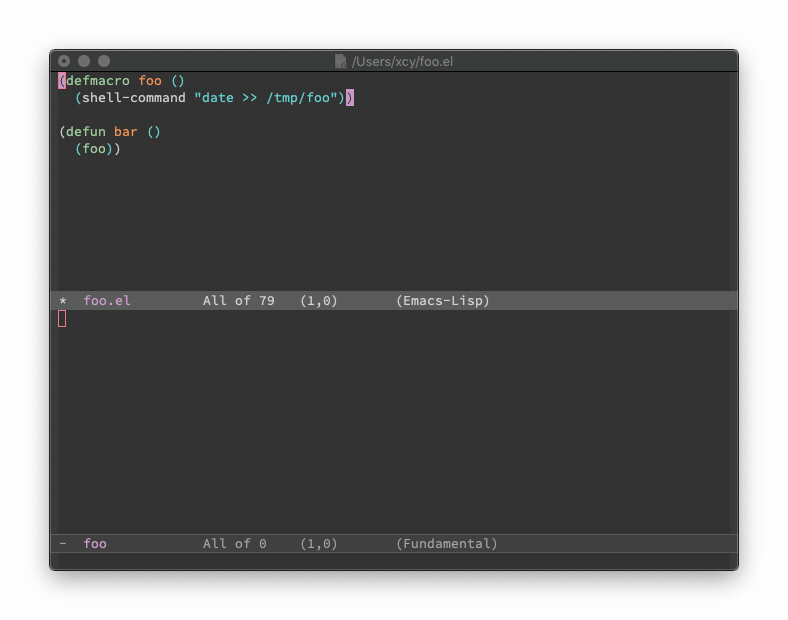


When calling a function external to your package (i.e, from another package or built-in to Emacs Lisp), it's very useful to be able to trace how functions behave. I find this super useful when developing packages. In the jargon used by the early Lisp researchers, a predicate refers to a function to determine whether some property. The p of integer-or-marker-p is the embodiment of a practice started in the early days of Lisp programming. When you are done tracing a function, you can call untrace-function and choose the function you want to stop tracing. In Emacs Lisp, + can be used to add the numeric value of marker positions as numbers. You can trace as many functions as you want. You can read more about that on the documentation pages.ġ -> (lsp-get #s(hash-table size 65 test equal rehash-size 1.5 rehash-threshold 0.8125 data ()) "key")Ĭalling it more times will populate the buffer with more data. There are several other ways to toggle errors, ranging from message patterns to signals. Even if you are not making packages yourself, this can prove very useful to provide information in issue trackers when reporting issues (e.g, on the packages Github repo). You see that we get a stack trace of all operations that is done by Emacs. (some data are truncated for better readability by me) Helm-M-x-execute-command(my-lsp-mode-fun) This page is a short, practical, tutorial of Emacs Lisp the language. (let* ((my-key "key") (my-data (lsp-get result-data my-key))))Ĭall-interactively(my-lsp-mode-fun record nil) Debugger entered-Lisp error: (wrong-type-argument symbolp "key")


 0 kommentar(er)
0 kommentar(er)
